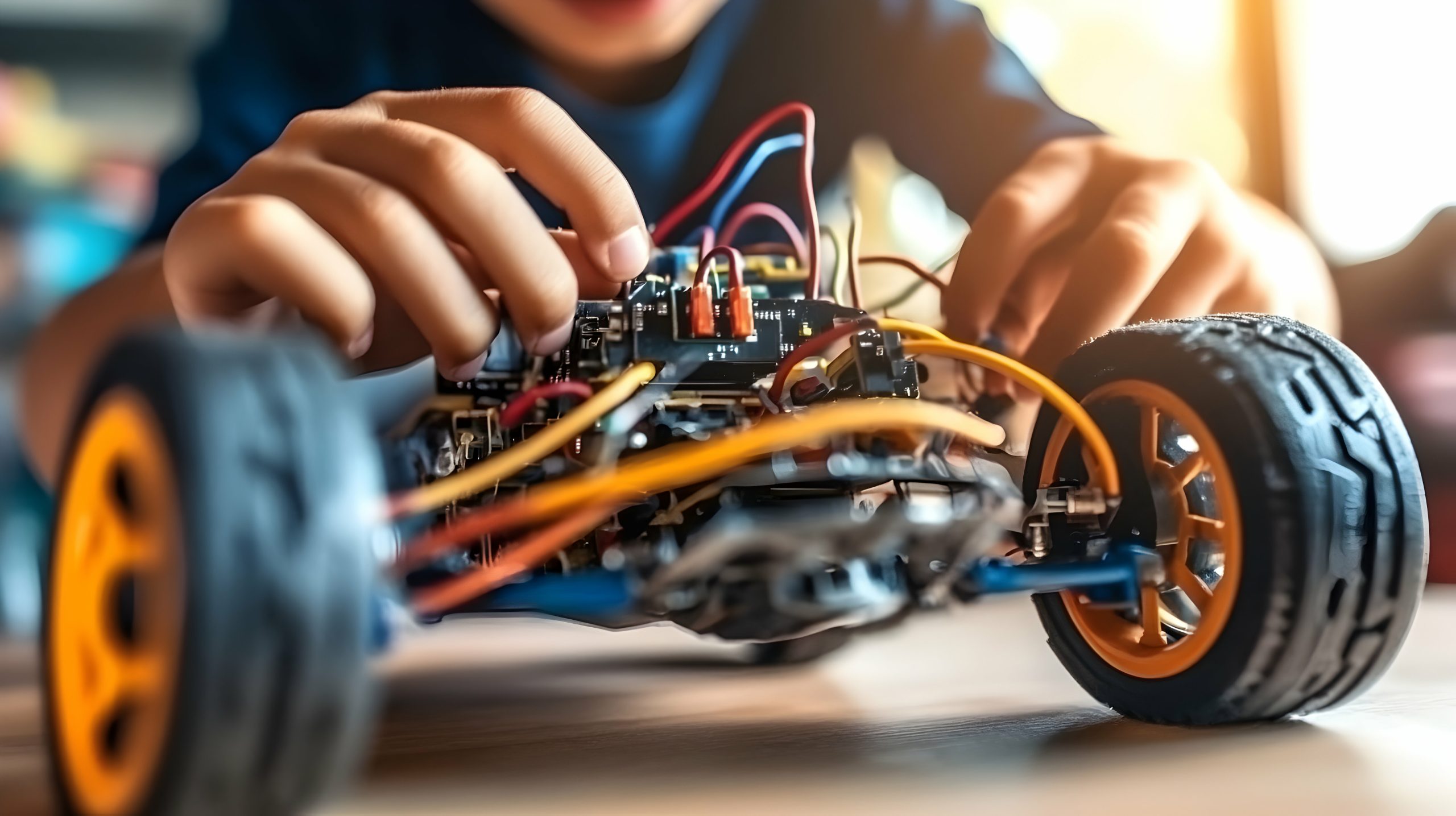
How to Tune Your RC Car for Speed and Handling
Tuning your RC car to achieve the perfect balance of speed and handling is a skill that can significantly improve your performance, whether you’re racing on a track or tearing up off-road trails. With the right adjustments, you can fine-tune your car’s responsiveness, cornering ability, and overall speed. This guide will take you through the key aspects of tuning your RC car for the best performance.
1. Suspension Setup
The suspension is one of the most important factors affecting your RC car’s handling and stability. Adjusting your suspension allows you to tailor how your car responds to different surfaces and how well it handles jumps, bumps, and sharp turns.
- Shock Oil: The viscosity of the shock oil affects how your car’s suspension reacts to different terrain. Thicker oil provides more damping and is ideal for handling bumps at high speeds, while thinner oil gives your car a quicker response on smooth surfaces.
- Shock Springs: Stiffer springs give your car a firmer, more responsive feel, making it more stable at high speeds but less forgiving over rough terrain. Softer springs provide more flexibility, offering better handling in bumpy conditions but compromising on speed.
- Ride Height: Adjusting the ride height changes how your car handles. A lower ride height lowers the center of gravity, improving stability and handling in corners. A higher ride height allows for better clearance over obstacles, though it may reduce stability in high-speed turns.
2. Tire Selection and Pressure
Tires are essential for both speed and handling. The type of tire you choose depends on the terrain you’ll be driving on and the conditions of the race.
- Tire Compound: Soft compound tires offer more grip on smooth surfaces, improving cornering and traction. Harder compounds are more durable and offer better performance on rough, off-road tracks but sacrifice grip.
- Tire Pressure: Adjusting tire pressure can drastically change how your car handles. Lower tire pressure provides more grip and better traction but may cause more rolling resistance, reducing speed. Higher tire pressure gives less grip but increases speed by reducing friction with the ground.
3. Gear Ratio
The gear ratio affects how much torque and speed your RC car can achieve. A higher gear ratio (with a smaller pinion gear or larger spur gear) provides more torque, which is ideal for off-road driving, while a lower gear ratio (with a larger pinion gear or smaller spur gear) allows for higher speeds on smooth surfaces.
- Higher Gear Ratios: Improve acceleration and are great for off-road conditions, especially if you’re climbing hills or tackling rough terrain.
- Lower Gear Ratios: Increase top speed and are perfect for flat, smooth tracks where handling isn’t as much of a concern.
4. Weight Distribution
Balancing the weight distribution of your car is critical for achieving the right handling characteristics. If the weight is too far forward, your car may struggle with turning and stability. If it’s too far back, it may become difficult to accelerate or maintain control at high speeds.
- Center of Gravity: Lowering the center of gravity (by moving components like the battery or motor lower in the chassis) improves stability and cornering ability.
- Even Weight Distribution: Make sure the weight is spread evenly between the front and rear axles to maintain consistent handling on both turns and straights.
5. Fine-Tuning the Steering
Your steering setup has a big impact on handling, especially in high-speed turns. To improve responsiveness:
- Adjust the Steering Endpoints: Fine-tune the steering to prevent oversteering or understeering. This will give you smoother cornering without losing control.
- Add or Reduce Toe-in/Toe-out: Toe-in helps your car stay more stable at high speeds, while toe-out can improve turning responsiveness.
6. Motor and ESC Settings
Your motor and ESC (electronic speed controller) play a key role in both speed and handling. Adjusting the motor settings for more power can increase speed, but be mindful that this may impact how your car handles. Ensure the ESC is properly tuned to avoid overheating and ensure smooth acceleration.
Final Thoughts
Tuning your RC car for both speed and handling takes time and experimentation. Every car and track is different, so it’s important to make adjustments based on your specific driving style and conditions. Start with small changes and fine-tune each component to find the perfect setup. With patience and practice, you’ll be able to achieve the ultimate balance of speed and handling for your RC car, giving you the competitive edge you need.
Ready to take your RC car to the next level? Visit our store for the best tuning parts and accessories to enhance your car’s performance!